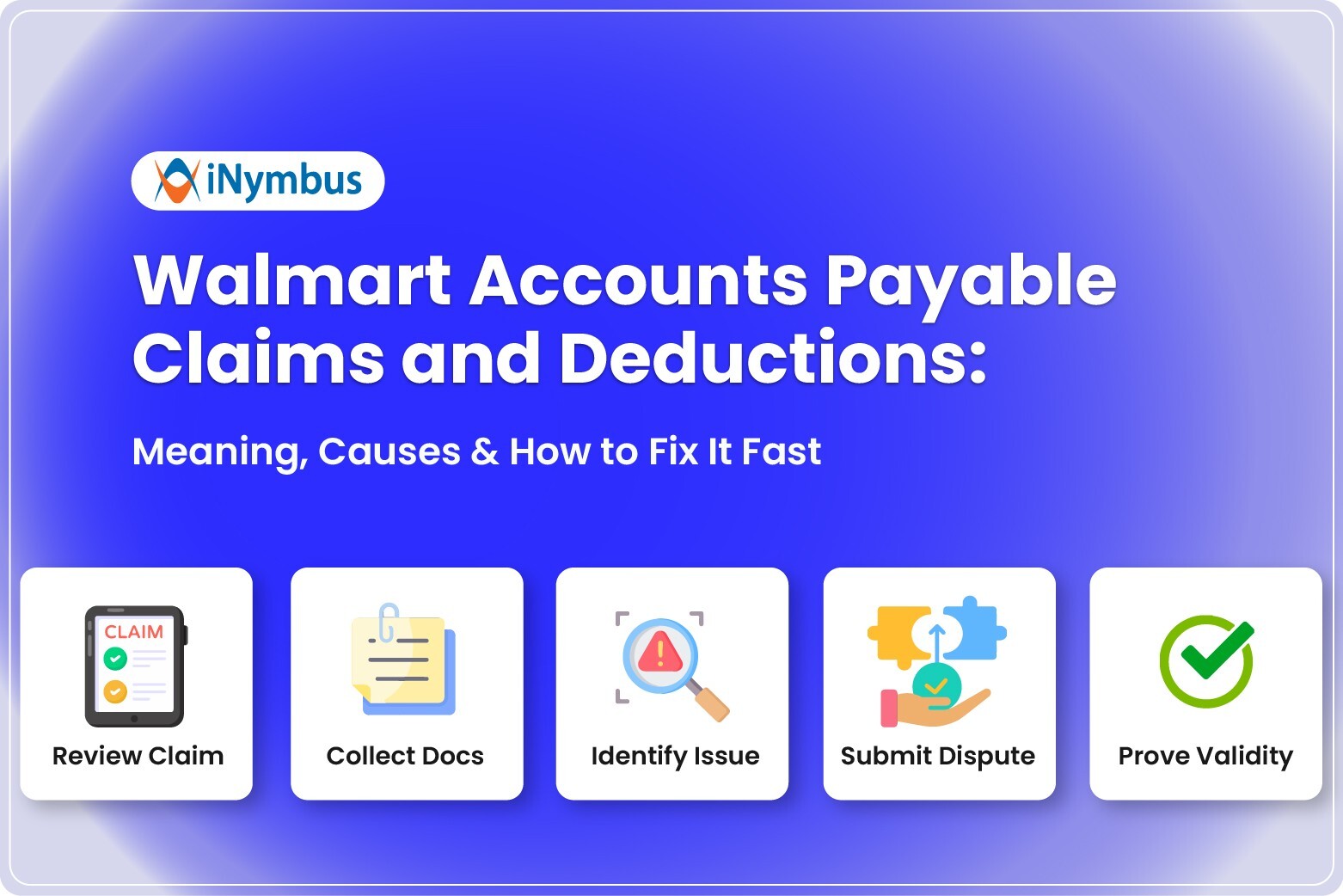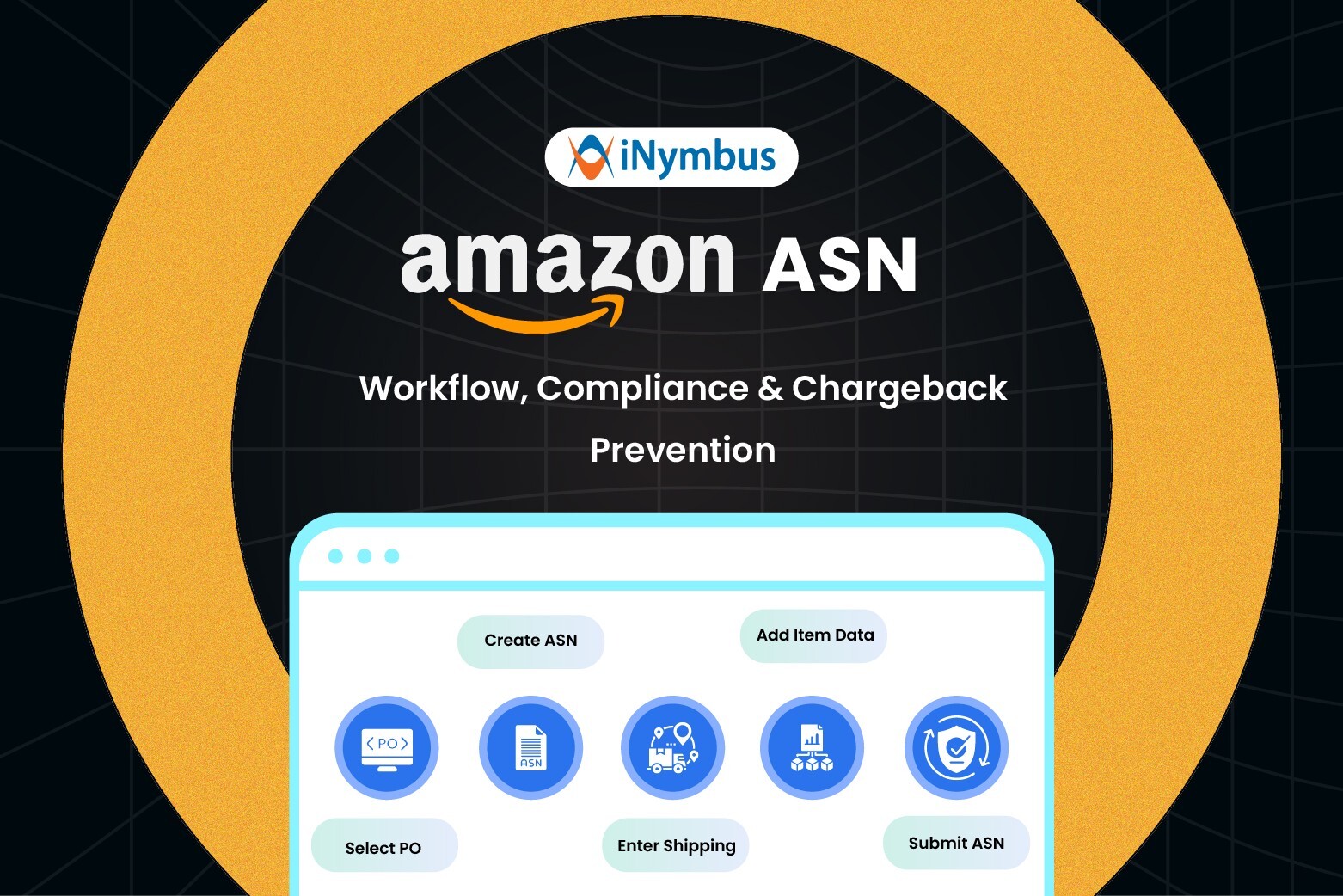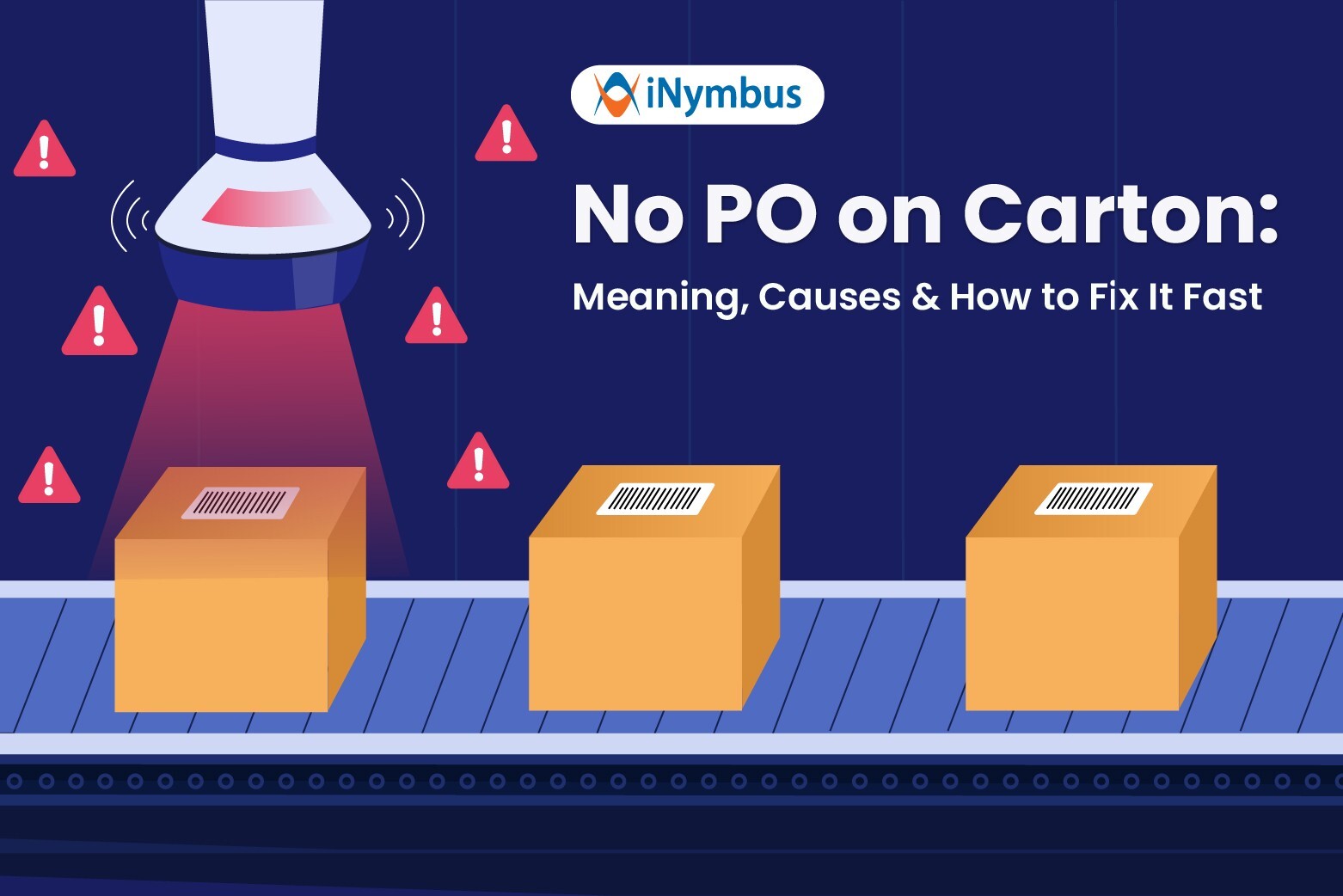Invoice Deductions 101: Everything You Need to Know
 What happens to your invoices after you send them to a retailer?
What happens to your invoices after you send them to a retailer?
For many suppliers, the answer is not clear.
Invoice deductions occur when the retailer finds mismatched details, missing documentation, or timing issues in the submission.
Each deduction reduces the efficiency of payment and signals a gap in compliance.
The solution is straightforward. Invoices must be accurate, timely, and aligned with the retailer’s purchase order.
Invoice deductions are not just numbers on a statement. They reflect how well operations connect with retail requirements.
Quick Summary
- Invoice deductions are payment reductions retailers apply when supplier invoices fail compliance checks.
- Retailers focus on timeliness, accuracy, and EDI transmission for invoice acceptance.
- Deductions often result from late submissions, mismatched costs or quantities, or missing documentation.
- Retailers now provide dashboards and portals to track timeliness, exceptions, and payment status.
- Suppliers can dispute certain deductions within limited timeframes, but many deductions are final.
- Best practices like one invoice per PO, verified data, and regular reconciliation reduce friction and speed up payments.
What Are Invoice Deductions
Invoice deductions are payment reductions that retailers apply when supplier invoices do not comply with their requirements. They are not random penalties. They are the result of systematic checks designed to ensure accuracy in the supplier-retailer transaction.
Every major retailer has an invoice compliance program. These programs protect their financial systems from errors and ensure suppliers are only paid for the goods that were ordered, shipped, and received.
For suppliers, deductions create more than just short payments. They also lead to disputes, cash flow delays, and additional administrative work.
Why Retailers Use Invoice Deductions
Retailers process thousands of invoices daily. Manual review is impossible at this scale, so they rely on automated systems to verify supplier invoices.
These systems compare three core documents:
- The purchase order issued by the retailer
- The invoice submitted by the supplier
- The goods receipt is recorded at the store or distribution center
If all three match, the invoice is approved for payment. If they do not, the system triggers a deduction.
The purpose is accuracy. Retailers want to pay only for what was ordered and received. Deductions help them avoid overpayments, duplicate charges, and non-compliant invoices.
Supplier Invoice Requirements
Retailers require suppliers to follow three essential rules: timeliness, accuracy, and compliance with EDI standards.
Timeliness
Invoices should be submitted as soon as products leave the supplier’s facility. Many retailers recommend submitting invoices alongside the Advance Ship Notice (ASN). Waiting too long creates compliance risks, and invoices older than twelve months are typically rejected outright.
Accuracy
Invoices must mirror the purchase order exactly. Required details usually include:
- Purchase order number
- Ship-to location (store or distribution center number)
- Bill of lading number
- Vendor ID
- Total quantity and total invoice value
- SKU numbers, costs, and quantities that match the purchase order and ASN
Even small discrepancies can cause exceptions and result in short payments.
EDI Transmission
Invoices are expected to follow each retailer’s Electronic Data Interchange (EDI) guidelines. Formatting errors, missing codes, or issues such as 997 rejections or 864 error messages can prevent invoices from being received. Suppliers must monitor EDI transmissions closely to avoid missing invoices.
Invoice Timeliness and Dashboards
To increase visibility, many retailers provide invoice timeliness dashboards through their supplier portals.
These dashboards display:
- Purchase orders without a matching invoice
- Invoices flagged with errors
- Purchase orders that are aging without an invoice submitted
Suppliers should review these dashboards at least weekly. If a missing invoice is identified, suppliers can check with their EDI team, confirm whether the invoice was transmitted, and resubmit if necessary.
Dashboards are more than reports. They are compliance tools designed to ensure suppliers keep invoices current and avoid late-payment deductions.
How Retailers Process Invoices Work
Retailers use document matching to verify invoices.
- Two-way matching: The invoice is compared to the purchase order. If details align, payment moves forward.
- Three-way matching: The invoice is compared against both the purchase order and the goods receipt. This method is becoming standard across retailers because it adds a layer of protection by verifying what was actually received.
Some retailers are upgrading their financial systems from legacy two-way processes to more advanced three-way matching platforms like SAP S/4. This transition makes compliance even more critical for suppliers.
Payment Evaluation Outcomes
When invoices are processed, retailers typically classify them into one of four categories:
Systemic Match and Pay
The invoice matches perfectly with the purchase order and goods receipt. Payment is made according to the terms.
EDI Transmission Failure
Errors prevent the invoice from entering the retailer’s system. Until corrections are made and the invoice is retransmitted, it is considered missing.
Match Out of Tolerance (MOT)
The invoice matches, but with discrepancies. Quantity or cost differences are reconciled with a deduction, resulting in a short payment.
No Match Found (NMF)
The retailer receives an invoice but has no record of goods received. This often leads to a full chargeback or an unpaid invoice. Some retailers extend waiting windows before applying chargebacks, but unresolved mismatches eventually result in deductions.
Reviewing Invoice Status
Retailers provide portals where suppliers can track invoice status in real time. These systems typically show:
- Paid invoices
- Open invoices awaiting processing
- Invoices flagged with exceptions
- Chargebacks and payment details
Monitoring these portals regularly allows suppliers to identify problems quickly, retransmit missing invoices, and prevent deductions from becoming final.
Reconciling Invoices
Reconciliation is a key part of invoice management. Suppliers should not wait for disputes to arise before reviewing accounts.
Regular reconciliation should cover:
- Open invoices without matching payments
- Exception invoices flagged by the retailer
- Remittance advice that shows payment adjustments
- Chargebacks tied to shortages or pricing issues
Staying on top of reconciliation ensures suppliers can submit disputes within the allowed timeframe and resolve issues before they escalate.
Payment Dispute Process
Retailers allow suppliers to dispute certain deductions, but only within specific timeframes, often twelve months.
Common disputes include:
- Unpaid invoices
- Shortage chargebacks
- Pricing discrepancies
- Open invoice mismatches
Disputes require supporting documentation. Examples include:
- A carrier-signed bill of lading for collect terms
- A destination-signed proof of delivery for prepaid terms
However, not all deductions can be challenged. Trade discounts, cash discounts, freight chargebacks, pallet charges, and other contractual deductions are typically non-disputable.
Suppliers must act quickly, as aged invoices and expired dispute windows are automatically rejected.
Keys to Frictionless Invoicing
Retailers emphasize that smooth invoicing begins before the invoice is created. Four areas matter most:
Receiving and Filling Orders
Check purchase orders before shipment. Every line should be correct, including costs, pack sizes, UPCs, and allowances. Errors caught here prevent deductions later.
Shipping the Order
Label and package shipments according to retailer requirements. Do not ship products not listed on the purchase order. Incomplete or inaccurate shipping documents lead to mismatches.
Invoicing
Submit invoices that are an exact match to the purchase order and receiving documents. Use EDI only. Avoid submitting invoices too early, which can cause shortage claims, or too late, which can cause compliance issues.
Reconcile and Measure
Track invoice match rates. If match rates fall below 95 percent, investigate and correct the root causes. Regular measurement ensures compliance improves over time.
Best Practices to Prevent Deductions
Suppliers can minimize deductions by adopting a disciplined invoicing process:
- Submit invoices promptly after goods ship.
- Match invoices line by line with purchase orders.
- Use one invoice per purchase order and per delivery location.
- Verify vendor IDs, UPCs, case packs, and item costs before invoicing.
- Use numeric invoice numbers only, without special characters.
- Exclude unapproved freight, handling, or taxes from invoices.
- Do not combine invoices for multiple purchase orders or distribution centers.
- Monitor retailer dashboards weekly for missing or exception invoices.
- Reconcile accounts regularly to catch issues early.
- Dispute eligible deductions within the retailer’s time limit
Stay Ahead of Invoice Deductions with iNymbus
Understanding invoice deductions is important. Preventing them is better. Automating them is best.
iNymbus helps suppliers take control of deductions with automation that works across 40+ major retailers. Instead of chasing paperwork or filing disputes by hand, the platform manages the process end to end.
Deduction types are identified, disputes are filed, and recoveries are tracked while your team stays focused on growth.
Suppliers choose iNymbus because it delivers:
- Efficiency: Process high volumes quickly and accurately
- Scalability: Grow without adding manual workload or headcount
- Proactive control: Spot recurring deduction patterns and prevent them before they happen




